A Goat is any member of the taxonomic genus Capra. This group includes nine different species. The domestic Goat is a subspecies of the wild Goat (Capra aegagrus). For our purposes, we will focus on the domestic subspecies in this article. Read on to learn about the Goat.
Description of the Goat
These mammals share a few distinct characteristics. They have hooves on their ends of their feet, and they stand on two primary “toes” rather than a single hoof like a horse. Most breeds also have horns that grow from the tops of their heads.
The various breeds come in a number of different sizes. The largest breeds reach about 2.5 feet tall at the shoulder and weigh up to 300 lbs. or more. Males generally reach larger sizes than females.
Interesting Facts About the Goat
These charismatic creatures have a number of interesting traits and adaptations. Learn more about what makes them unique, below.
- Early Domestication – People domesticated these creatures as one of the very first domesticated animals. Researchers believe that humans began the domestication process at least 10,000 years ago.
- Goat’s Milk – Some people drink Goat’s milk, but they produce only 2% of the world’s milk supply. However, many people use their milk to make cheese and other dairy products.
- Human Reliance – Queen Mary University in London conducted a study with these mammals and found that they seek aid from humans when they cannot accomplish a task. When the researchers presented a box to the Goat with a treat inside and they could not open the lid, the Goat move toward humans before returning to the box.
- Catgut – People use part of the intestines of Goats and sheep to produce catgut. They use the catgut in musical instruments, and as dissolvable stitches for internal wounds. People still use catgut for these purposes to some extent.
Habitat of the Goat
As a domestic animal, people generally choose the habitat in which these creatures live. However, some feral populations do exist. For this reason, you can find these animals in rocky mountainous regions, meadows, taiga, and more. Generally, people keep these Goats in farmland, woodland, scrub, and other similar habitats with plenty of grass and shrubbery to eat.
Distribution of the Goat
You can find various breeds across the globe, virtually anywhere humans live. Researchers believe that the original descendants of our modern domestic Goats lived in Asia. However, you can now find these creatures on every continent except Antarctica. Feral populations also live in Australia, Hawaii, the Galapagos, and more.
Diet of the Goat
These mammals have herbivorous feeding habits. They eat a variety of different plants. Unlike cows and sheep, these creatures do not graze, but browse on virtually all plant matter. This means that in addition to grass they also eat shrubs, bushes, leaves, and virtually any edible plant matter.
When people keep these animals on empty lots or areas without adequate plants and grasses, they must provide commercially produced pelleted food and/or hay for them to eat.
Goat and Human Interaction
The domestic variation of these creatures would not exist without human interaction. Thousands of years ago people selected and bred only the most docile, friendly, personable individuals and over many generations the domestication process occurred.
People use and have used these mammals for a wide variety of purposes. They keep them as pets, breed, them, show them, use their milk, hide, and meat. Some people also use them to clear bushes and shrubbery from areas.
Domestication
Researchers believe that humans began the domestication process of this species at least 10,000 years ago. Archaeologists discovered the remains of the earliest domestic examples of these creatures in Iran, and the remains date back to 10,000 years ago. They have also found similar remains throughout the Middle East and Asia.
Does the Goat Make a Good Pet
Yes, these mammals can make wonderful pets to the right people. Most, with proper socialization, have incredibly friendly demeanors. However, you must provide ample space and pasture for them to graze and exercise, medical care, and shelter from the elements.
Goat Care
As social animals, people keep these creatures in groups known as herds. You must provide plenty of grass or shrub for them to eat, and supplement that with pelleted feed or hay as necessary.
Additionally, these creatures can fall prey to predators quite easily, and must have secure fencing to keep them safe. Many people use dogs or donkeys as livestock guardians to protect the herd from predators.
Behavior of the Goat
These mammals are well known for their curious and friendly nature, and their propensity to eat just about anything. In reality, these mammals do not eat everything, but they will nibble and investigate anything that they deem particularly interesting. They also enjoy climbing, and often climb trees and rocky outcrops.
Reproduction of the Goat
Different breeds reach sexual maturity at different rates. When females, known as does, come into season, or heat, the males, known as bucks, enter rut. During rut, they release pheromones and urinate on themselves. After mating, the gestation period lasts about five months. Most females give birth to two or three offspring, known as kids.
Beliefs, Superstitions, and Phobias About the Goat
People have featured these animals in a number of different mythologies, religions, folklore, and even used them as sacrifices for religious ceremonies. For example, Norse Mythology says that Thor rode a chariot drawn by a pair of Goats. As another example, people often depict the Greek god Pan as a man with horns and the lower body of a Goat.

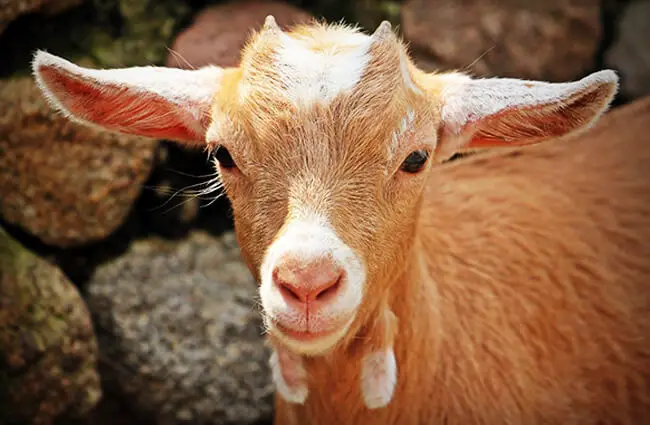
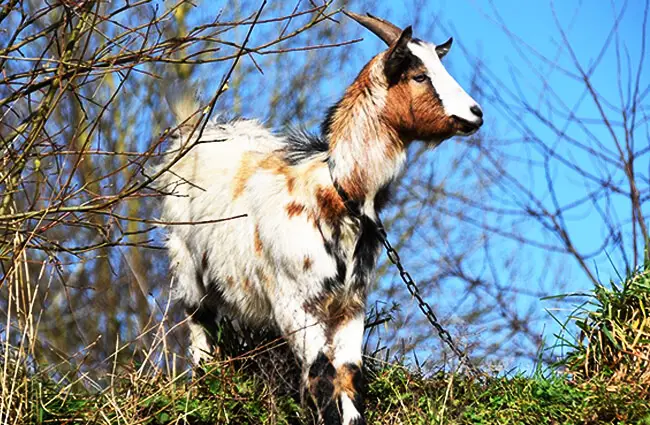
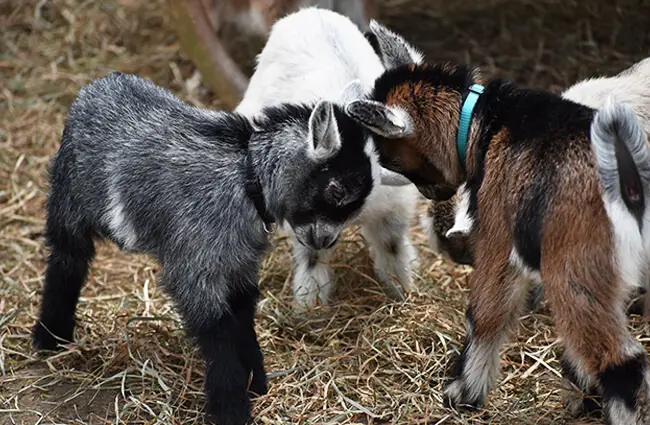

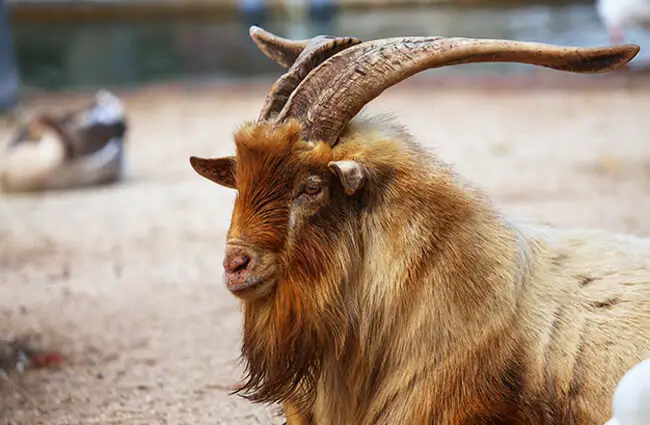
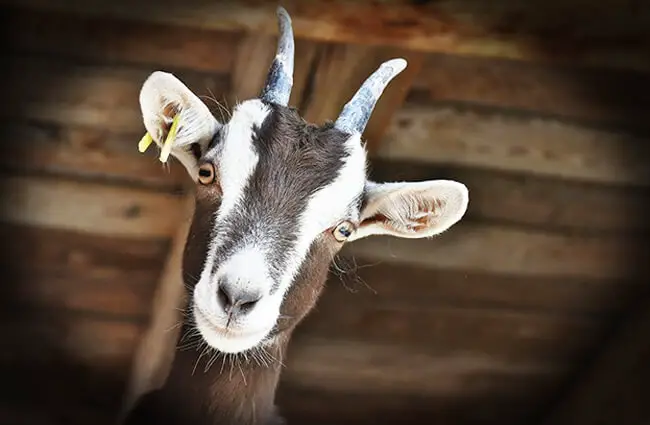
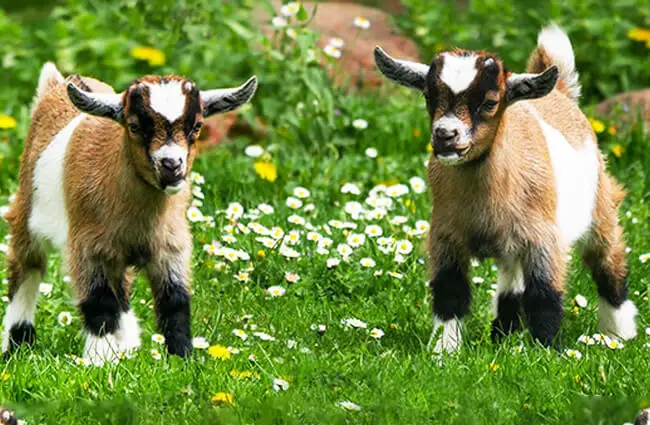
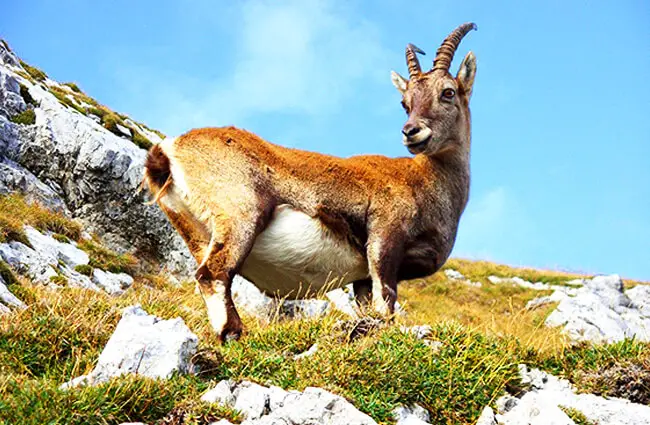
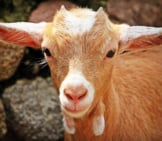

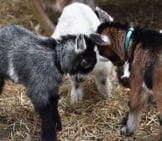

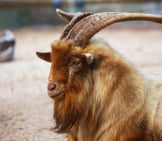
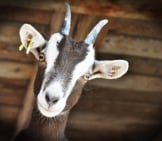
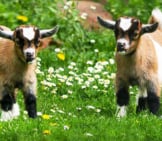
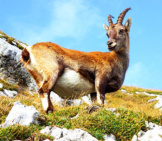
![Red Angus Closeup of a beautiful Red Angus cowPhoto by: U.S. Department of Agriculture [pubic domain]https://creativecommons.org/licenses/by/2.0/](https://animals.net/wp-content/uploads/2020/03/Red-Angus-4-238x178.jpg)












![Red Angus Closeup of a beautiful Red Angus cowPhoto by: U.S. Department of Agriculture [pubic domain]https://creativecommons.org/licenses/by/2.0/](https://animals.net/wp-content/uploads/2020/03/Red-Angus-4-100x75.jpg)

